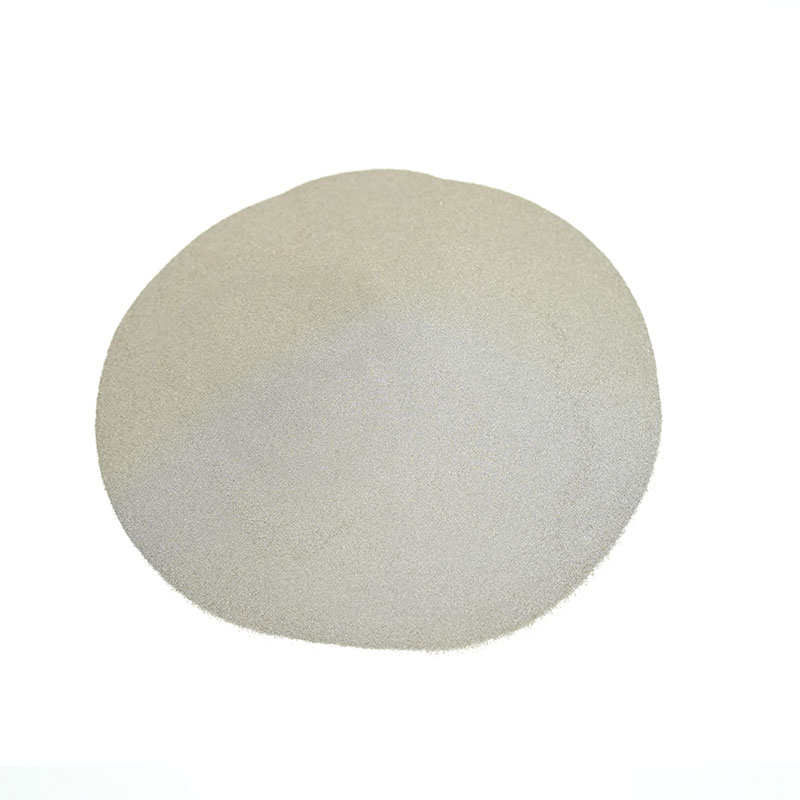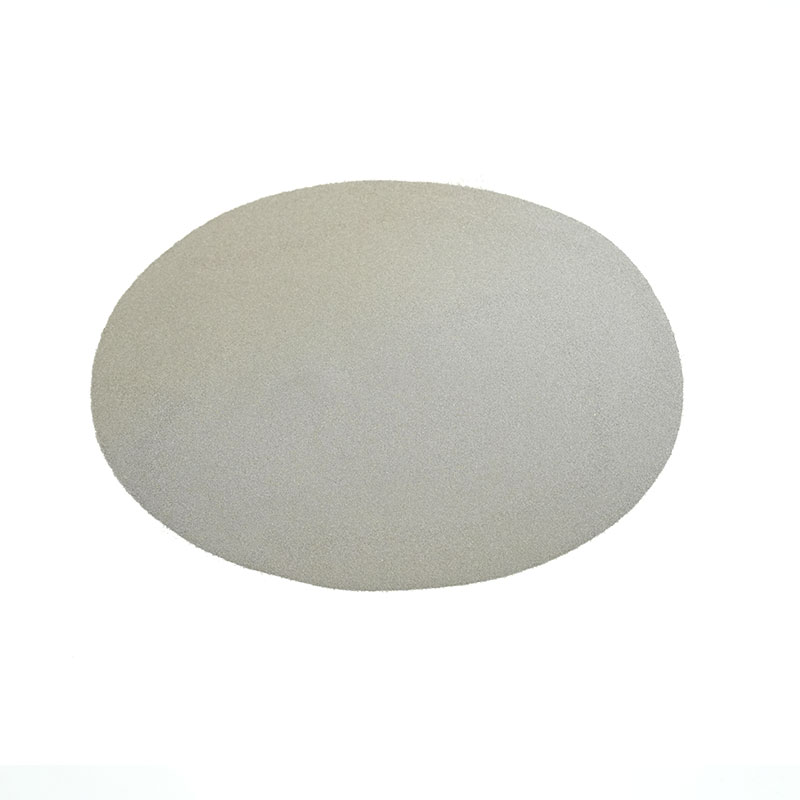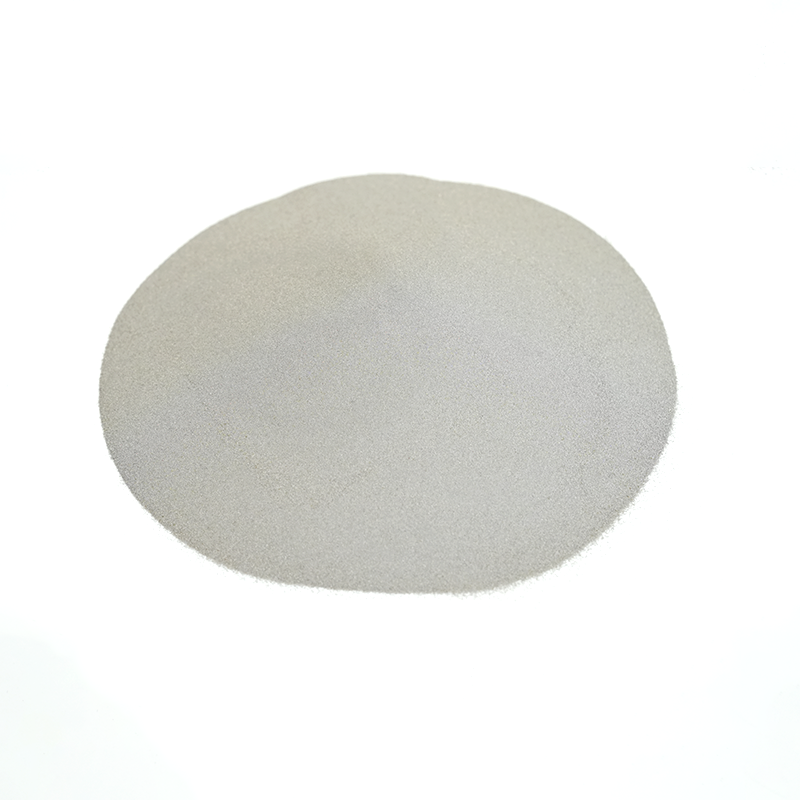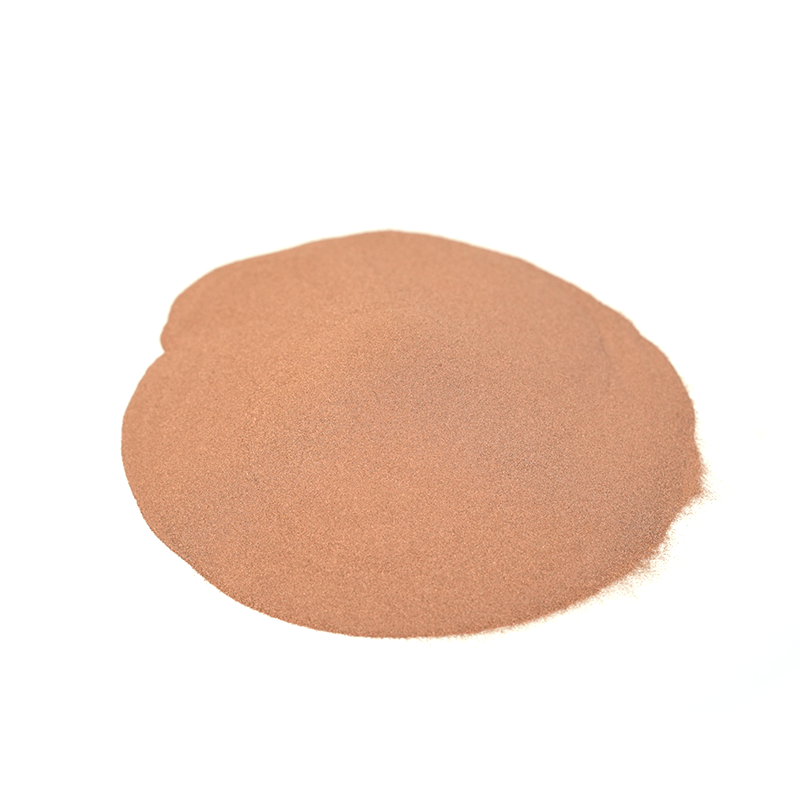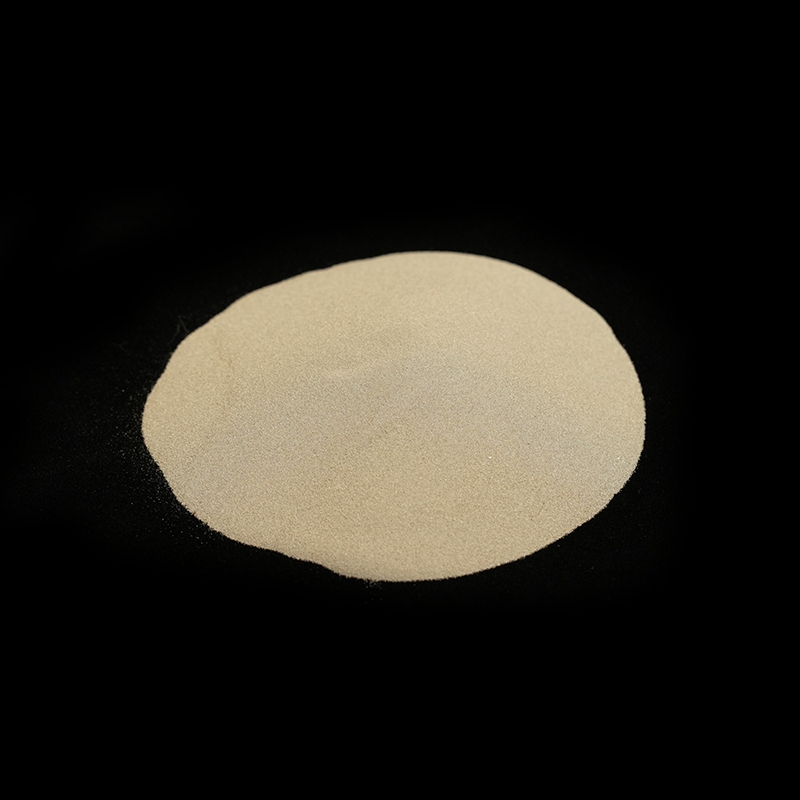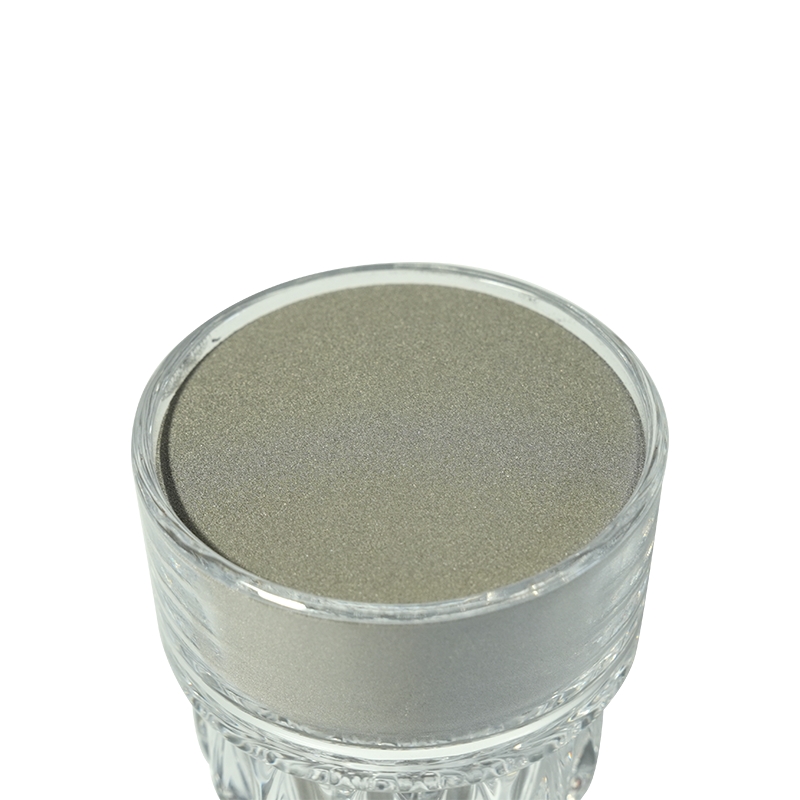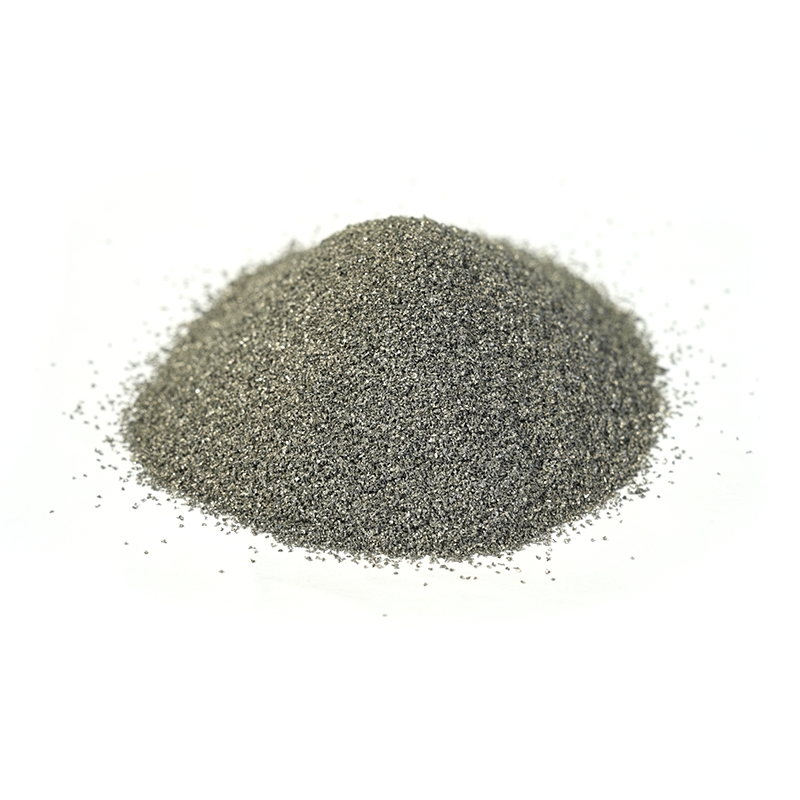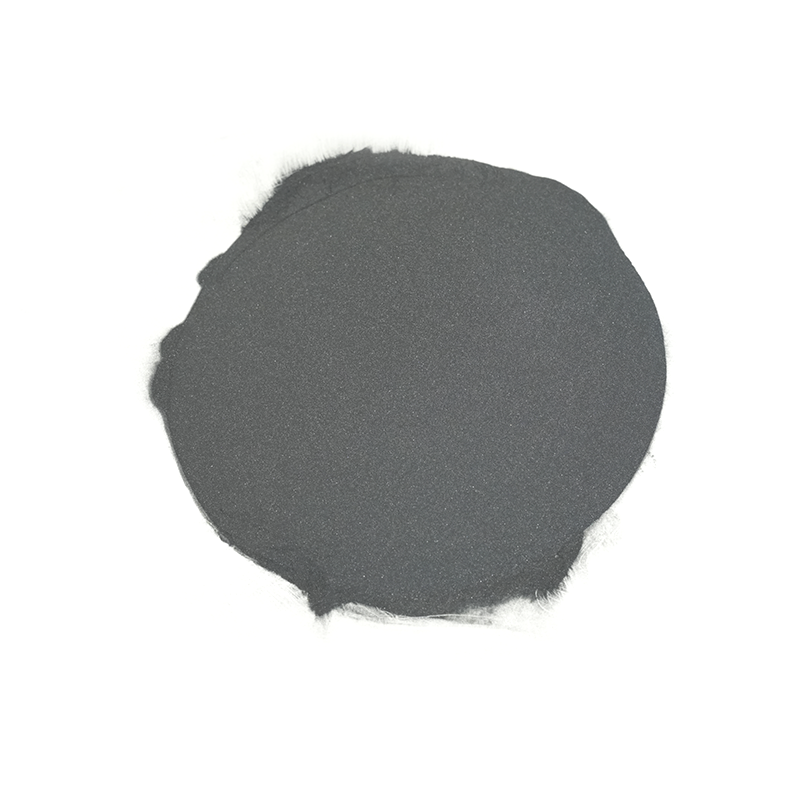The classification of nickel-based alloy powder has the following points:
(1) nickel-chromium alloy thermal spray powder: this kind of thermal spray powder has more types, such as nickel-chromium heat-resistant alloy, which is made by adding 20% of chromium in nickel. Nickel - chromium heat-resistant alloys are almost non-oxidising at high temperatures, and are typically heat-, corrosion- and high-temperature oxidation-resistant coating materials. Coating dense, good bonding properties with the base metal, ceramics, soft metals and other materials of the coating and the substrate of the transition layer materials, not only to increase the substrate to prevent high temperature gas erosion, but also to improve the coating and the bonding strength of the substrate material.
(2) nickel-chromium-iron alloy thermal spray powder: this kind of thermal spray powder is in the nickel-chromium in the addition of appropriate iron, its high-temperature oxidation resistance than the nickel-chromium alloy is slightly worse than the performance of other properties are basically close to the nickel-chromium alloy, the salient advantage is that the price is relatively inexpensive, and therefore can be used as corrosion-resistant workpiece repair, but also can be used as a transition layer of thermal spray powder.
(3) nickel-chromium-boron alloy thermal spray powder: this alloy contains boron, chromium and carbon and other elements, the hardness is relatively high, toughness is also moderate, with the spray, its coating wear, corrosion, heat resistance is better, can be used for shafts, pistons and other anti-corrosion repair.
(4) nickel-aluminium alloy thermal spray powder: nickel-aluminium alloy thermal spray powder is commonly used to play the bottom layer, each of its particles are composed of microscopic nickel powder and aluminium powder. When sprayed, the thermal spray powder is heated to over 600 degrees Celsius by a flame, which produces a strong chemical reaction between nickel and aluminium, generating intermetallic compounds and emitting a large amount of heat, while part of the aluminium oxidises and generates more heat. At this high temperature, nickel can diffuse into the base metal, which can make the coating bonding strength significantly improved. Another significant feature of nickel-aluminium composite thermal spray powders is the roughness of the surface of the coating formed after spraying, thus providing an ideal surface for joining other sprayed materials. The coefficient of expansion of Ni-Al composite thermal spray powders is close to that of most steels, making them also an ideal intermediate coating material.


 English
English русский
русский عربى
عربى
